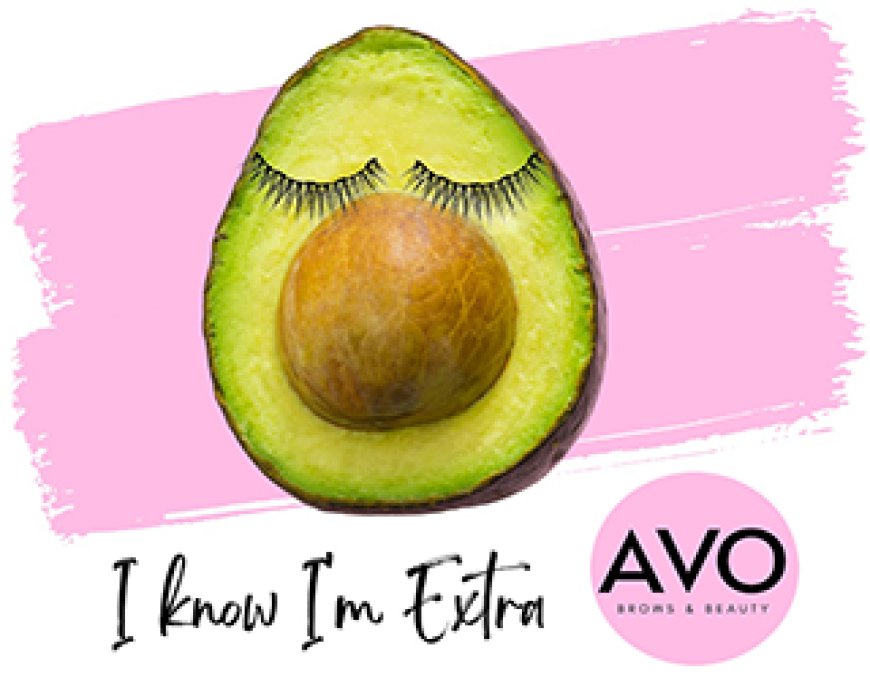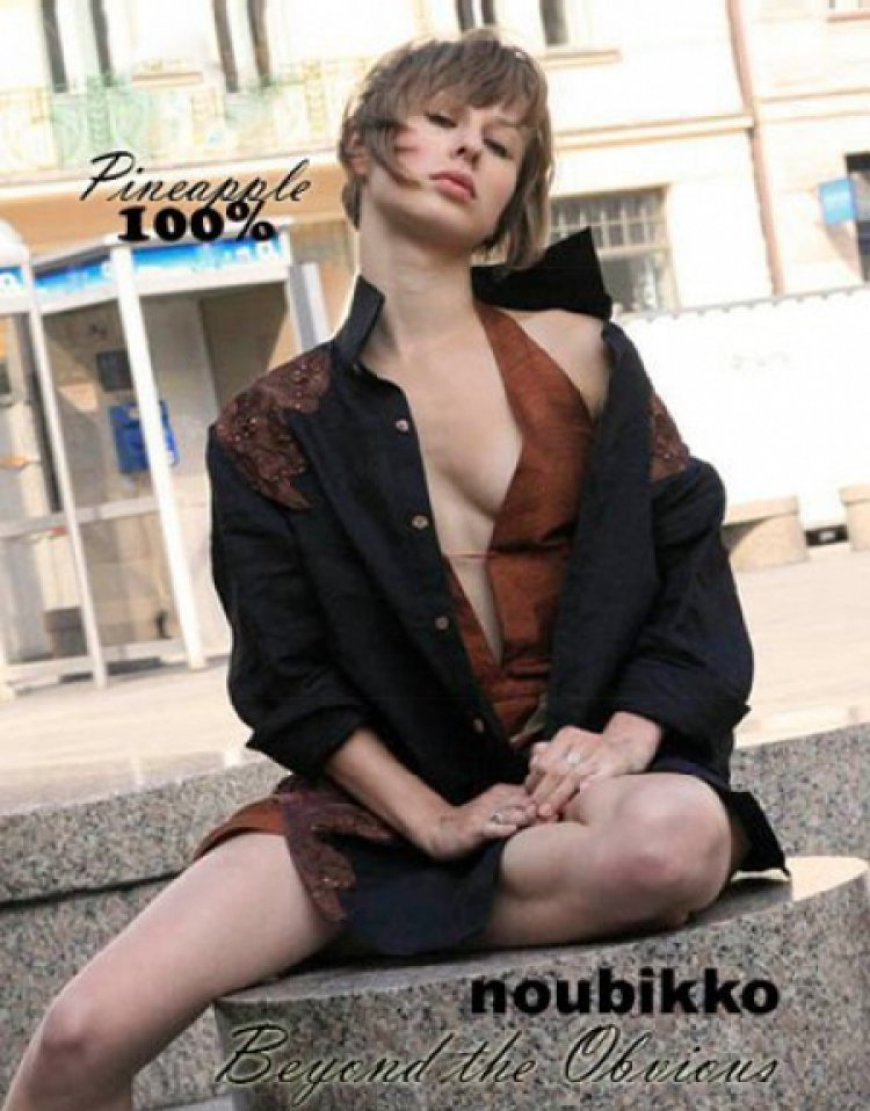Lauded Arts Program Faces Uncertain Future


Seventeen-year-old Armando Varela stood in the middle of a crowded art gallery, working up the nerve to speak.
It was Saturday afternoon and the halls and exhibit rooms at A Reason to Survive, a two-decade-old nonprofit youth arts program in National City, were full of eager children, harried parents and artworks ranging from wall-sized murals to a cluster of decorated wooden boxes small enough to fit in the palm of a hand. The families were there for ARTS’ (as the organization is commonly known) annual spring exhibit of student work.
Varela stood before the cluster of wooden boxes, a project he and a handful of other students had recently completed in a sound design class taught by art teacher Pablo Dodero. The hand-built boxes were festooned with springs, pebbles, doorstops and other found objects that create musical notes when the boxes are plugged into an electric amplifier.
Dodero briefly described the project then turned the presentation over to Varela. “Armando?” he said.
Varela stared in alarm at a roomful of expectant faces. “I didn’t see myself as artsy when I first joined ARTS,” he said haltingly. “But that changed pretty quickly…ARTS helped me find my voice in so many ways I didn’t expect.”
He grinned, looking more assured. “For example, I’m speaking here.”
For nearly a quarter century, ARTS, which occupies National City’s former main library building adjacent to City Hall, has provided artistic programming and a warm embrace of encouraging community to vulnerable young people in San Diego County.
Started in 2001 by a Boston native named Matt D’Arrigo as a one-man volunteer art-making session for children with cancer in a San Diego hospital, the program has since expanded into a 20,000-square-foot regional arts teaching hub with a full-size painting studio, a sound technology lab, welding equipment for metal sculpture, power saws for woodworking and a staff of 72 teaching artists, administrators, interns and volunteers.
Each year, 1,500 students, many of them from low-income, Spanish-speaking or bi-national families, cycle through three program sessions offered in fall, spring and summer. ARTS teaching artists fan out to after-school programs in local school districts and work with teens attending juvenile court schools. The annual budget, most of it supplied by philanthropy, is close to $2 million.
“We’ve become an established arts and culture center for National City and South Bay youth and families,” said ARTS Executive Director Lucy Eagleson. “We’re the bridge for [families] because we have the trust and the community.”
Or, as Armando Varelas, a senior at Sweetwater High School, put it on Saturday, “I never had a plan and a future” before enrolling in ARTS. “Now I applied to Southwestern College for a music major with an emphasis in mariachi. Then I want to go to UCSD or SDSU and become a musician and music educator…After I saw this, I knew what I wanted to do.”
Until this year, ARTS was on an upward trajectory. It moved into the National City facility in 2012 and has won awards and been featured on NBC’s Today Show and in an Academy Award-winning documentary.
After a budget crisis in 2017, a new executive director, James Halliday, stabilized funding and maintained programming through the Covid-19 pandemic. Eagleson took over last year and has broadened ARTS’ reach further, negotiating contracts with local school districts, recruiting teaching artists and volunteers and upgrading facilities with the help of philanthropic and local corporate support.
The growth ground to a halt in December. ARTS has an unusual agreement with its landlord, National City. The city allows the organization to use its former library building for free and covers utilities. In return, ARTS is required to provide the city with at least $125,000 worth of art programs and public art projects annually – an amount “we far exceed every year,” Eagleson said.
Typically, the city has renewed its agreement with ARTS every two years. This year, Eagleson said she hopes to negotiate a longer arrangement, perhaps for five years, maybe even 10. A longer time period, she said, would attract additional funding and make possible a capital campaign to refurbish studios, add equipment and broaden offerings. 
Greater stability would also help ARTS weather a period of heightened national economic uncertainty, Eagleson said.
“We have to be creative because foundations have less to give with the stock market down, and schools have less,” she said. “I stay painfully positive, energetic and committed to the work. That’s all I can do.”
The city temporarily extended ARTS’ lease earlier this year. Negotiations continue over terms for a longer arrangement. In the meantime, the City Council has been mired in bouts of infighting and recently parted with former City Manager Benjamin Martinez.
Eagleson was diplomatic about the situation at City Hall, saying only that ARTS remains firmly committed to serving National City and surrounding communities, which include some of San Diego County’s most ethnically diverse and lowest-income neighborhoods.
“There are a lot of arts organizations in [San Diego] but it’s so important to have a program in the community you’re trying to serve,” Eagleson said. Students and their families can “walk, bike or take the bus…The trust-building and connection-building are here. We’re grateful that the city of National City recognizes the importance of art and creativity and how it plays a role in building a great community.”
Examples of trust and community could be found in every room of ARTS’ spring exhibition on Saturday. On a wall near Varela’s sound boxes, a colorful poster depicted ARTS’ latest planned public art project, a series of student-made decorative additions to a free community water spigot at National City’s El Toyon Park, currently undergoing a $7 million city-funded renovation.
Eighteen-year-old Ada Escamilla stood beside the poster, explaining her part in the public art project. She had designed a metal globe sculpture, she said, which would be painted to show what the earth might look like in a hotter future climate.
“Our world used to be so much more blue,” Escamilla said. “Now it’s green and yellow and drier.”
Asked what kept her coming to ARTS, which she first encountered at age 13, Escamilla talked briefly about her love of artistic expression. Then she shared a deeper reason.
Two years ago, she said, her younger sister was diagnosed with leukemia. “I didn’t want to do anything,” Escamilla said. “I lost interest in all my passions.” 
Escamilla told her ARTS teacher, Sheena Rae Dowling, about her sister’s diagnosis. “It allowed me to be vulnerable,” Escamilla said. With Dowling’s encouragement, Escamilla made an artwork for her sister, a photograph of the two of them together as babies painted to create the impression that “the environment was supporting her [sister],” she said. “If I didn’t have this, I might not have art at all.”
A few rooms away, Monica Guzman, a medical assistant at Kaiser Permanente, watched her 12-year-old son Joshua decorate a hat with an intricate pattern of smiling faces.
“He’s done better with this art program,” Guzman said of Joshua. “I went through a divorce seven years ago. He acted up in school…He went through anxiety.”
After a Kaiser patient told her about ARTS’ after-school art programs in local elementary schools, Guzman said she signed Joshua up for the program at his school, Lincoln Acres Elementary.
“His mood stabilized,” she said. “It gave him a way to express his feelings. He has a sketch pad at home. He’s proud of everything he does.”
The program, free like all of ARTS’ offerings, has been a godsend, Guzman said. “I work every day, Monday to Friday, 8:30 to five…He likes to stay [at school] and do art. If I get off early, he says, ‘Pick me up at five.’”
She flicked through her phone, showing photos of hand-sewn puppets Joshua makes when he’s not drawing. There was C4, a robot determined to “destroy the world,” Joshua said in a deadpan robot voice. Also, the Cheese Wizard, a wizard who loves cheese – but, Joshua said solemnly, “his real name is Dave.”
“Art and baseball are his life right now,” Guzman said.
Claudia Rodriguez-Biezunski, a textile art teacher presiding over an exhibit of student sewing projects on the other side of the room, said many, if not a majority, of her students live in Tijuana or have parents in Mexico.
“I asked my students if their parents were going to come see the exhibit and they said, ‘My parents can’t cross [the border],” Rodriguez-Biezunksi said. “Their family drops them off at the border, they walk across and take public transit here.”
Rodriguez-Biezunksi said art draws students to ARTS. But they stay because teachers “pour our heart and soul into them.”
“I also come from an under-resourced community,” Rodriguez-Biezunksi said. “I’m a daughter of immigrants…I was a runaway when I was 15. At age 16, I was kicked out of high school. I dropped out of life. Eventually I graduated and became a teacher because I would have loved to have a teacher who would have cared about me.”
Saturday’s three-hour exhibit was wrapping up and the galleries were emptying when 16-year-old Fernando Guerrero walked into an exhibit room and pointed to a six-foot-long welded metal sword hanging on the wall. 
The sword, Guerrero said, was his creation, forged in ARTS’ metalworking studio as an homage to his favorite video game, Devil May Cry. The sword was a replica of a sword wielded by the game’s protagonist, a half human, half demon who uses the sword to fuse together the two aspects of his nature.
Guerrero, a soft-spoken sophomore at the San Diego School of Creative and Performing Arts, described how he made the sword. Starting with a metal pipe, he said he welded a cross bar to the pipe then fashioned a paper model of a basketball-sized skull to decorate the handle.
He molded the skull in ARTS’ metalworking forge and welded it to the handle. Then he cut sheets of metal into the shape of a blade and welded them together.
“It took me 10 weeks to make,” he said proudly of the sword. “I’ll get to take it home. I’ll put the sword over my bed. I’ll hang it on the wall.”
He pulled out his phone and showed a video of himself heaving the sword off the ground and waving it in the air. “I think it weighs 40-60 pounds,” he said.
He put his phone away and gazed at his handiwork in the now-quiet gallery. “This place helps me see myself as an artist,” he said.
The post Lauded Arts Program Faces Uncertain Future appeared first on Voice of San Diego.










